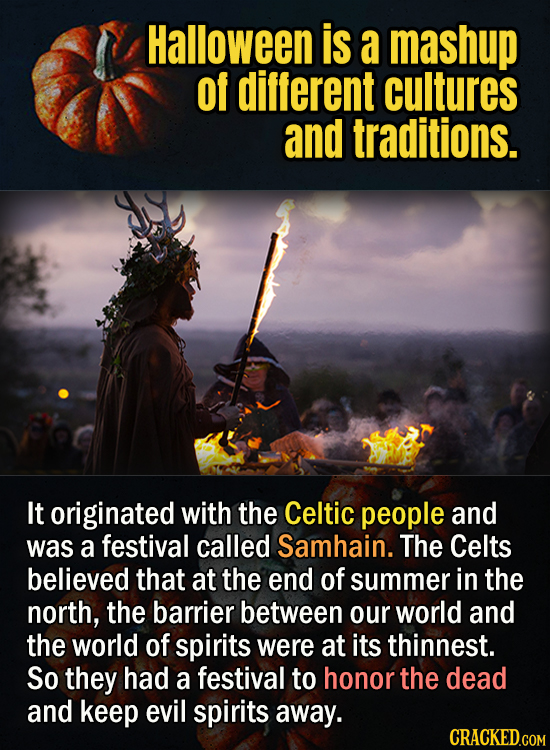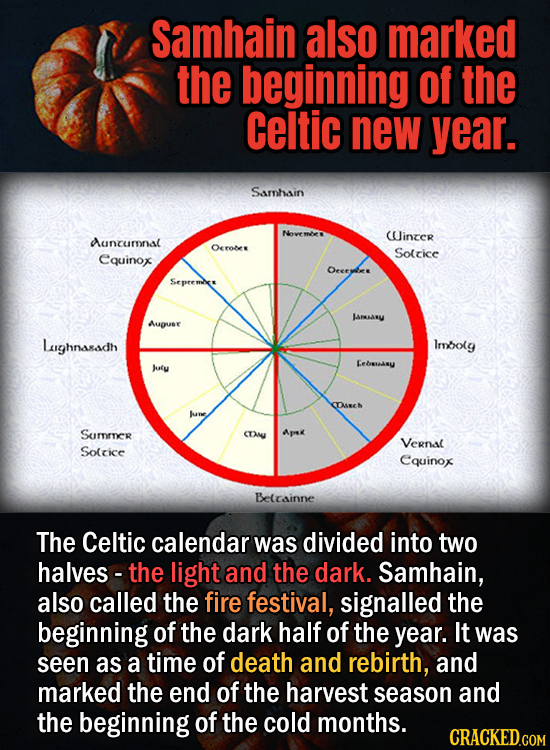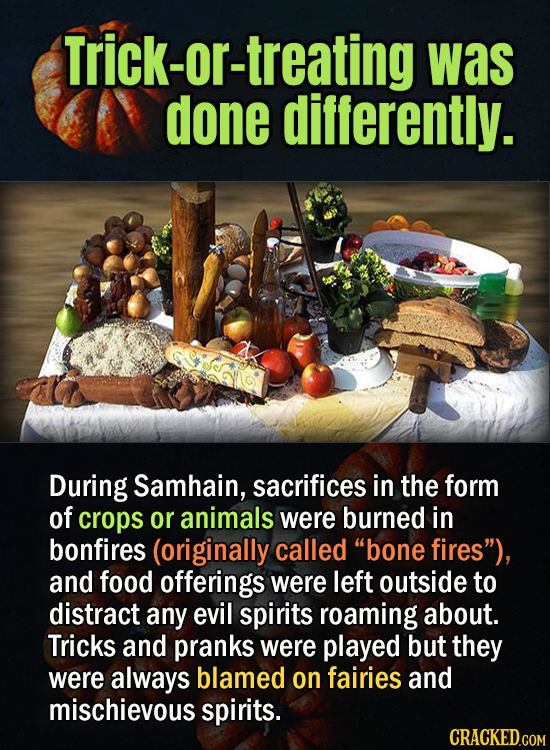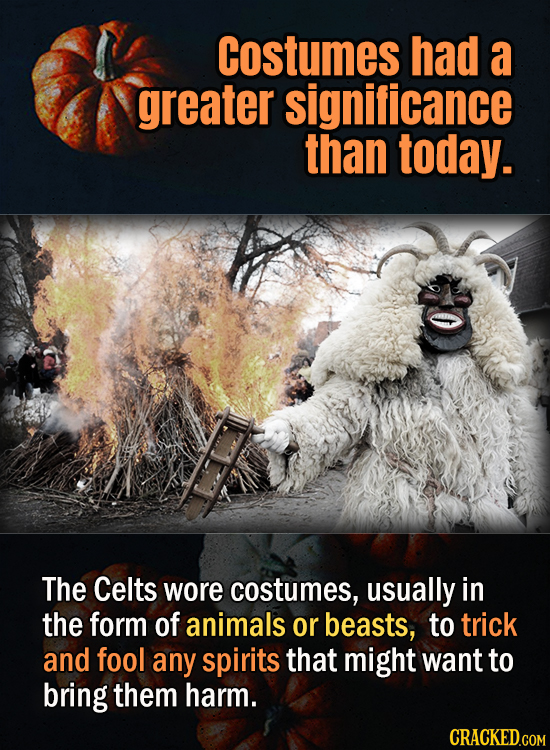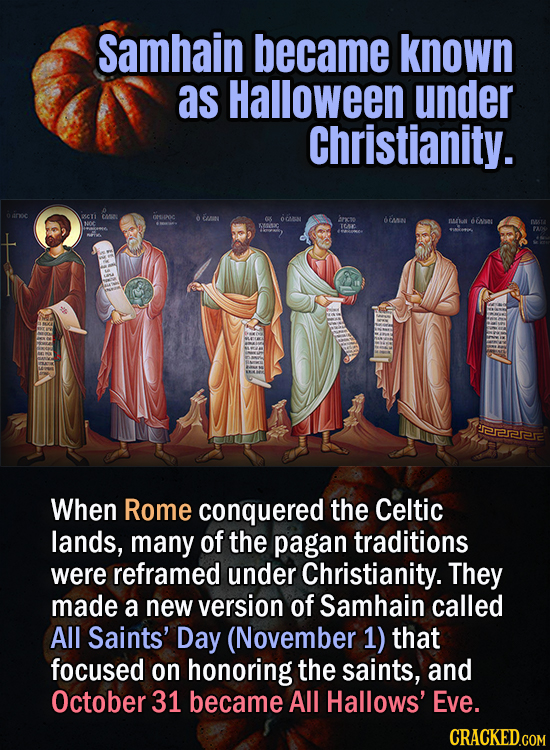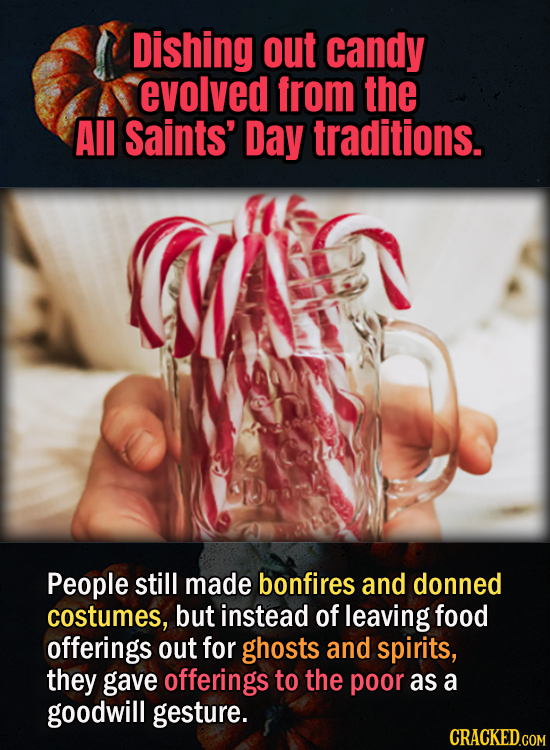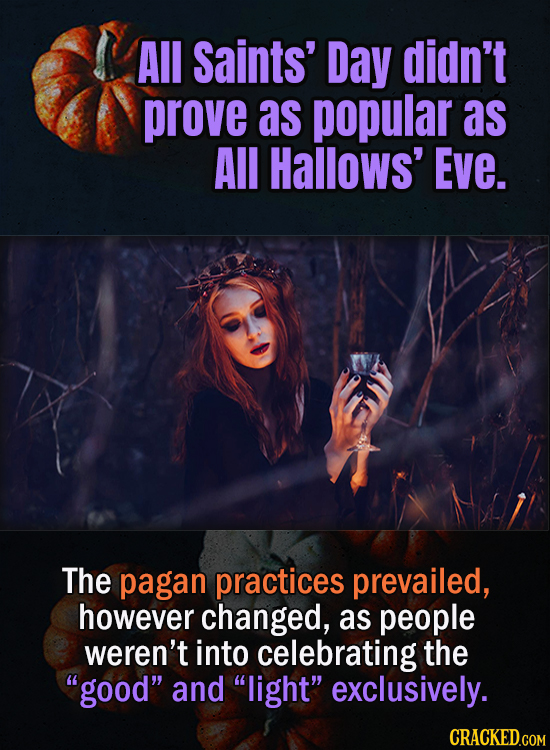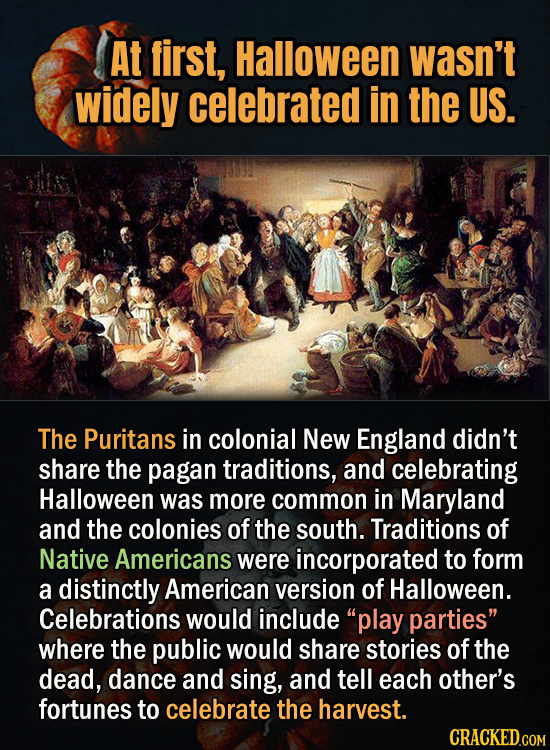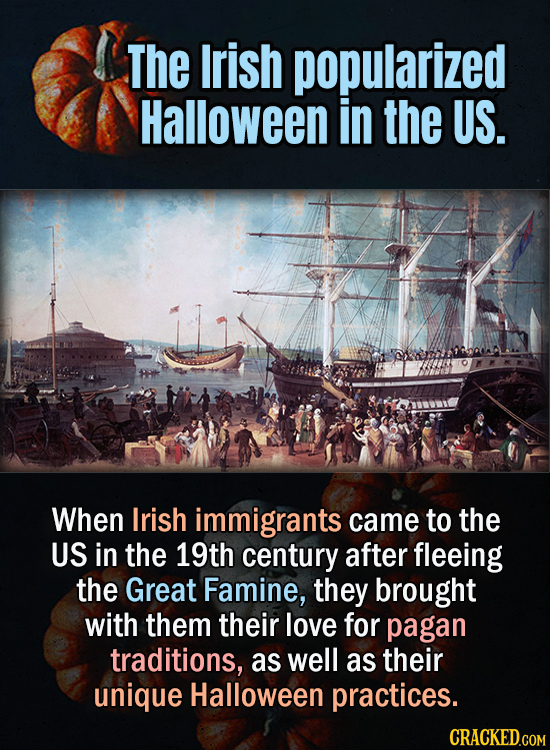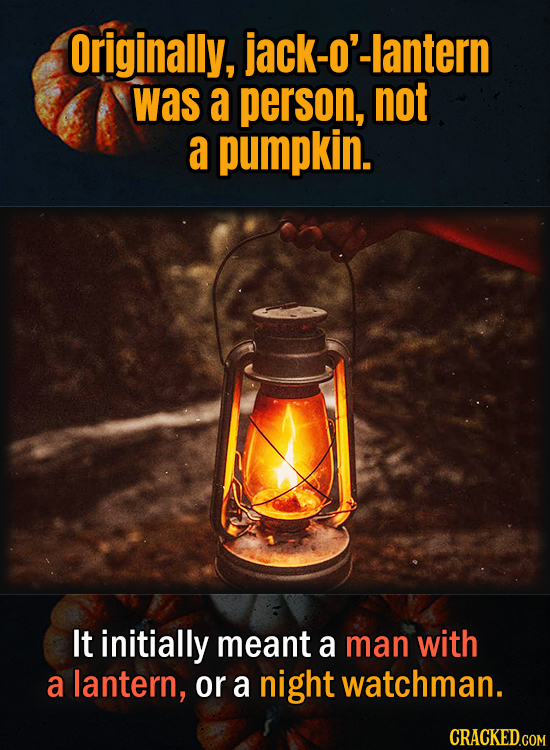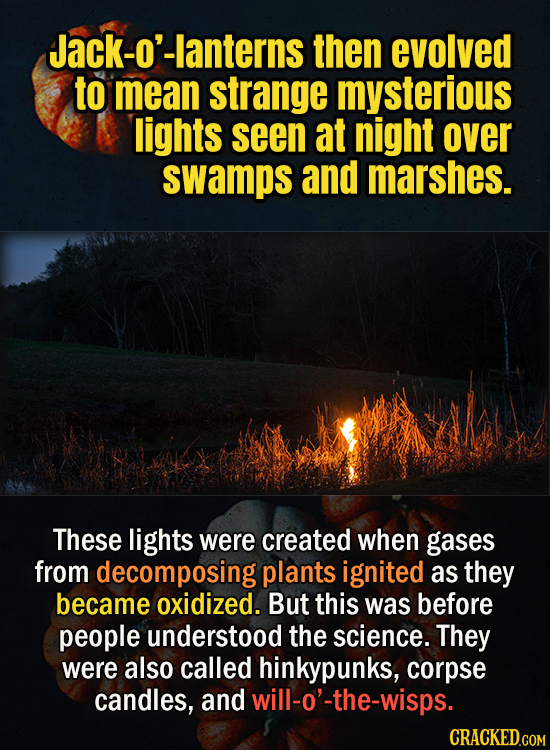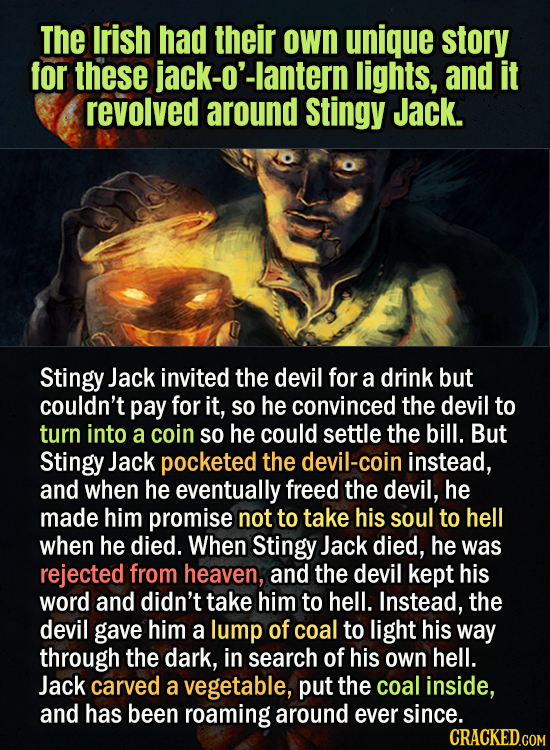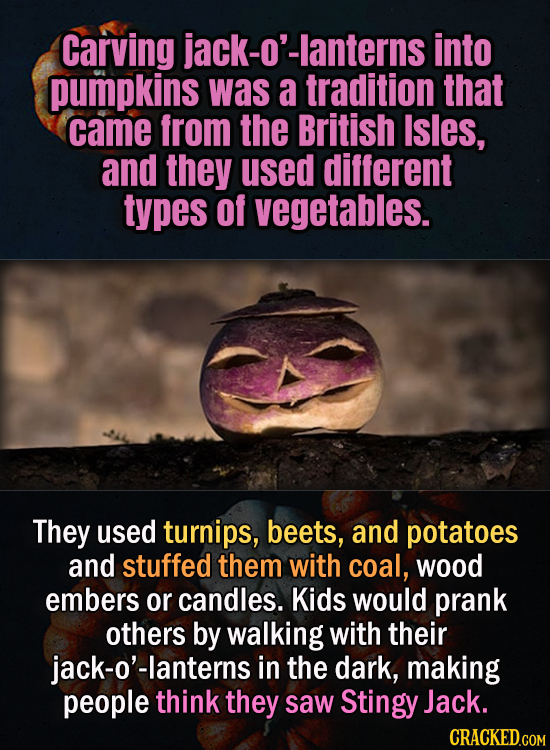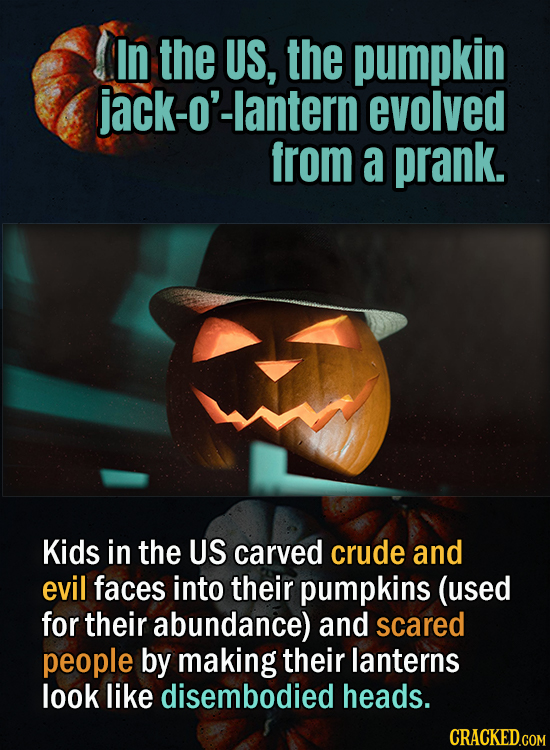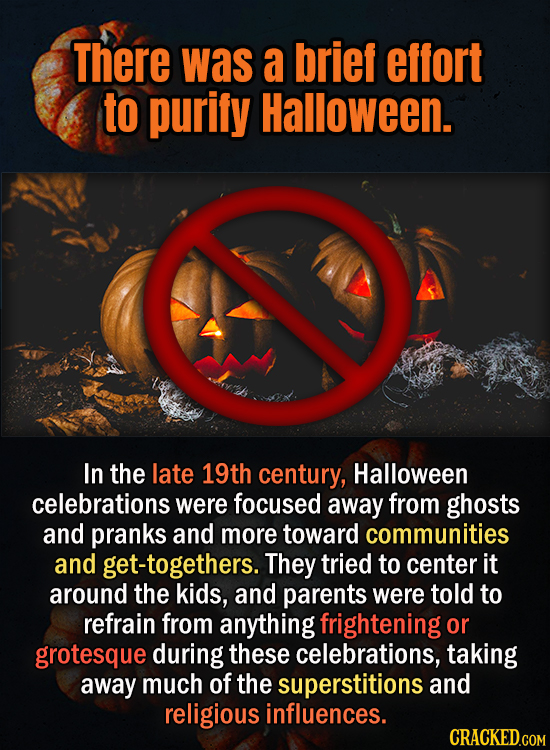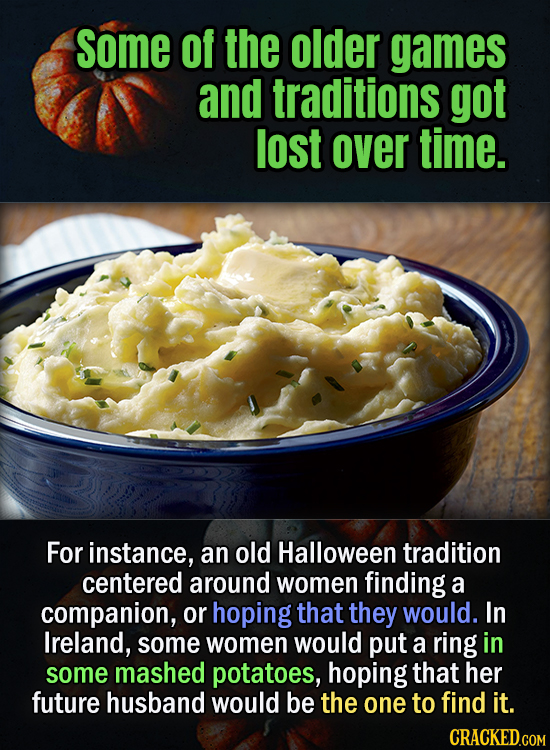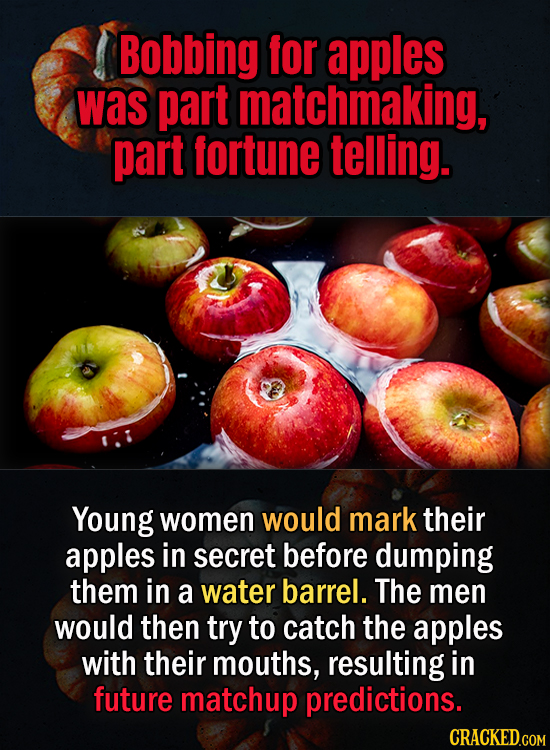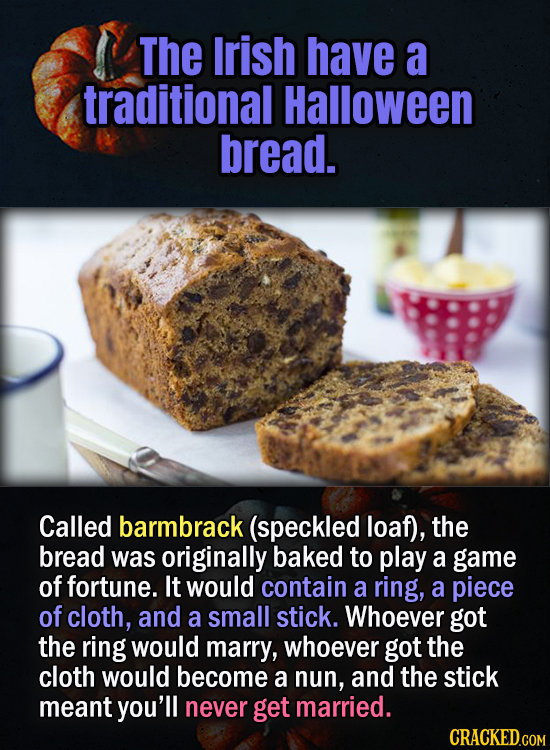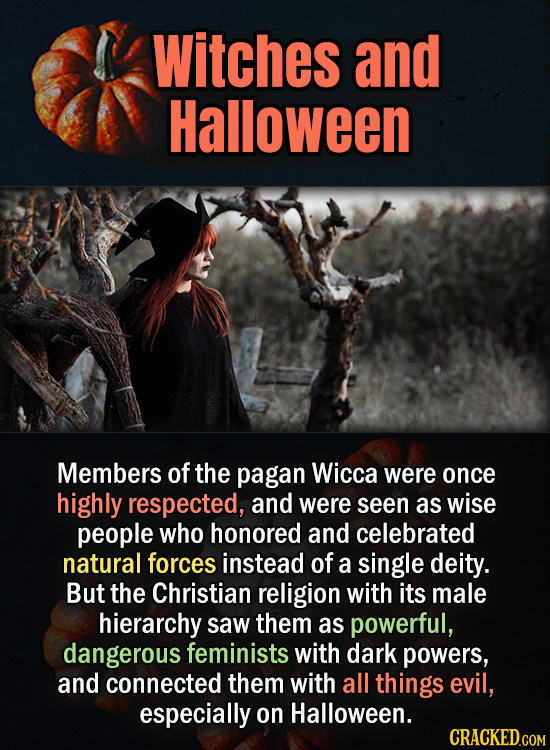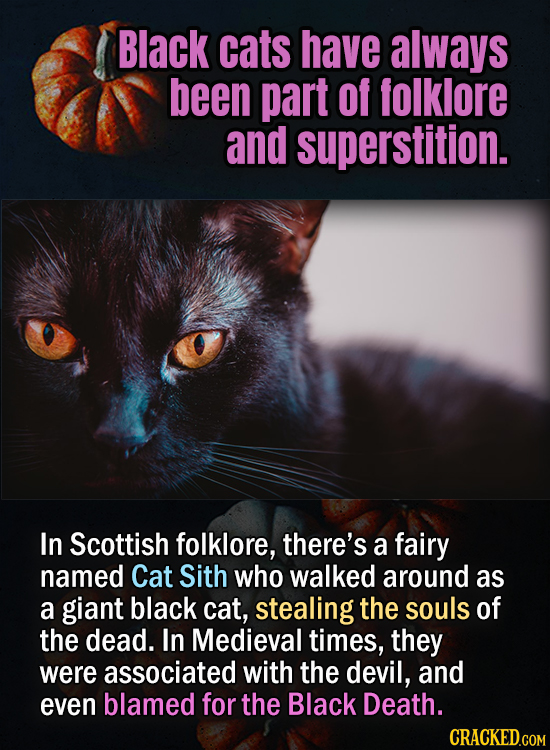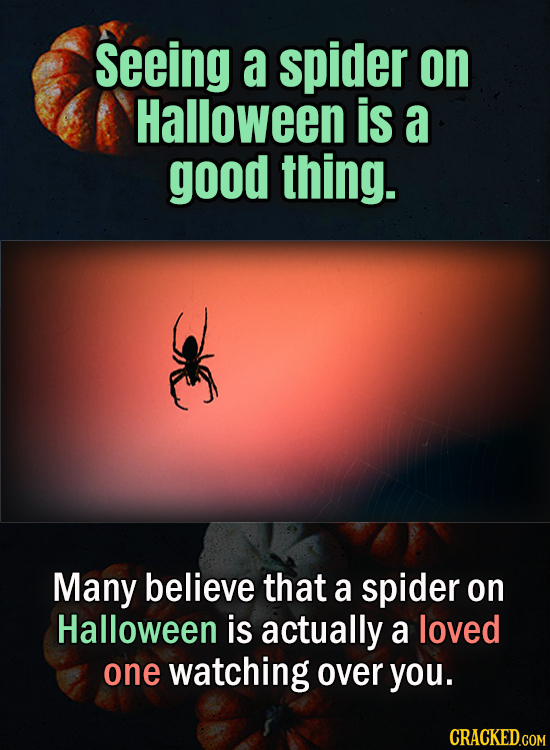22 Historical Halloween Facts To Hex Your Brain

Do you have any idea about the historical origins of our Modern Halloween? For example, the ancient Romans celebrated Feralia, another day in October when they celebrated the death of their ancestors. Pomona, the Goddess of love of fruit as well as trees, was honored on the 2nd day. The apple is Pomona's symbol, and the fact that it was incorporated into the Samhain likely explains the modern-day Halloween heritage of bobbing for apples.
The custom goes back to the early Celtic celebration of Samhain, even before people lit bonfires and dressed in colorful costumes to ward off ghosts. Pope Gregory III established November 1, the day to honor all Christian in the 8th century as All Saints Day. All Hallows Eve, as well as later Halloween, was the night before. Trick-or-treating, trying to carve jack-o-lanterns, celebratory gatherings, having to wear costumes, and wanting to eat treats have all become part of Halloween's tradition.
As we tell the ancient tales of Samhain, All Hallows' Eve, and why people are so weird about black cats, gather around the "bone-fire" ye merry spooky creeps.
